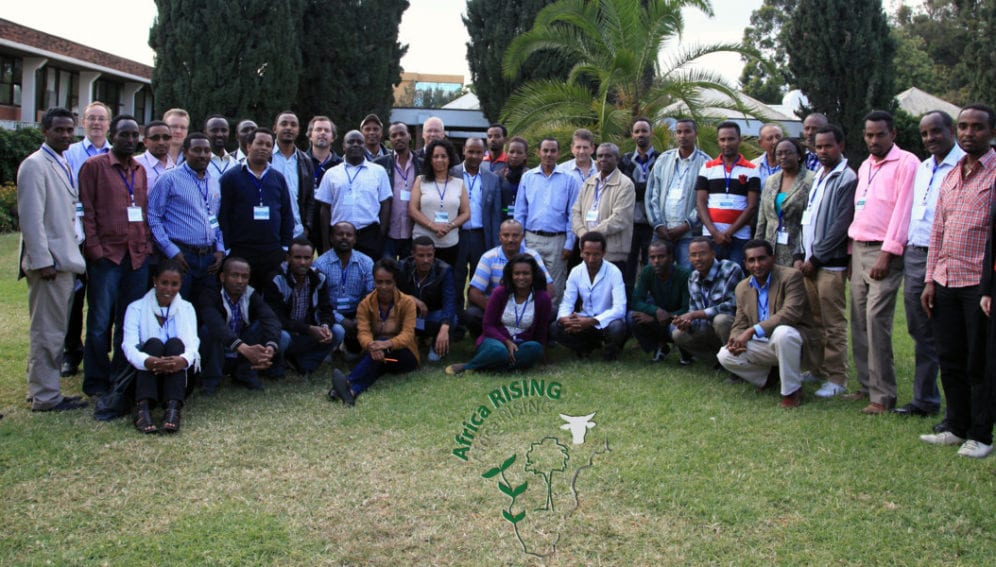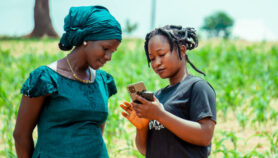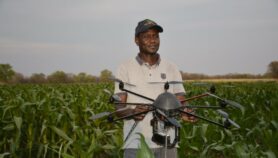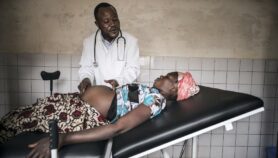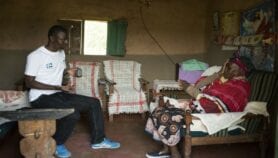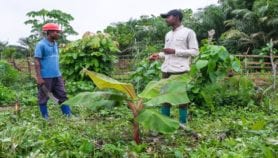By: Ochieng’ Ogodo and Bernard Appiah
Send to a friend
The details you provide on this page will not be used to send unsolicited email, and will not be sold to a 3rd party. See privacy policy.
The year started with a call for developing countries to adopt an "emerging paradigm" of affordable, less complex and inclusive innovation to promote development and cut poverty.
Raghunath Mashelkar, former director-general of India's Council of Scientific and Industrial Research, and now president of the Global Research Alliance, an organisation that promotes the Millennium Development Goals (MDGs), said that India had good models for innovation which were reducing complexity and the cost of goods, and leading to social inclusion and access to economic opportunities. India’s models could be replicated in other developing countries to promote development and cut poverty.
Some important key themes followed the call for adopting less complex innovation.
Fighting HIV/AIDS
HIV/AIDS was among the subjects we covered most in 2013. One of the outstanding stories here was about a study conducted in Cameroun that disproved the contention that mobile phone text messaging could considerably enhance HIV/AIDS patients' adherence to treatment.
The study found that the use of weekly motivational text messages did little to increase the number of patients adhering to antiretroviral treatment. The findings challenge the use of mobile phones to promote HIV care in resource-limited settings.
Another story, however, showed that administering mass schistosomiasis drug could cut HIV/AIDS. Researchers used clinical data and mathematical models to predict that in Zimbabwe, giving praziquantel — a schistosomiasis drug — to school-age children over ten years could prevent between 41,500 and 97,000 HIV cases among women.
Although an expert raised the ethics and acceptability of giving mass praziquantel to school children, the study did show a potential strategy for fighting HIV/AIDS in Africa.
Women and technology adoption
The position of women in science and development reverberated across the year. For instance, the successful implementation of sustainable agricultural practices (SAPs) in Sub-Saharan Africa was linked to improvements in women's education.
SAPs are often touted as a solution to land degradation, low agricultural productivity and widespread poverty in the region.
There was a story about a study in Kenya which showed that women who used biogas technology could reduce their exposure to the harmful effects of wood fuel by about half. An important highlight of this story came from a woman — Mary Njoki — who was actually using the technology. Njoki said that six months after taking a loan of US$900 to acquire the biogas digester, she had not finished paying for the cost.
The biogas story showed that the cost of adopting a technology should be an important consideration for researchers and policymakers.
The power of ICTs
Information and communication technology (ICT) seemed to have played a major role in the lives of people in Sub-Saharan Africa in 2013.
From digital imaging showing promise in assessing crop health to mobile phone microscope for detecting worm infections, the continent seems set for revolution in problem-solving ICT applications.
The benefits of adopting ICTs seem enormous. For example, mobile health or mHealth 'could save a million African lives by 2017'.
Also, researchers at the Kenya-based Capacity and Action for Aflatoxin Reduction in Eastern Africa, say they are using an ICT modelling tool to help farmers know where the risks to aflatoxin — a menace of many farmers — can be found during the farming season.
Dealing with climate change
Climate change, its related impacts and efforts aimed at adapting to it were among some of the major topics for the region. Among others, Africa was found to be in need of more research to address the information gaps on the impact of climate change on diseases and epidemics caused by plant viruses.
Research gaps included a lack of climate change-scenario modelling for diseases caused by plant viruses and little information on the effects of drought, flooding and heat waves on plant virus diseases.
There was the story that East Africa's horticulture could face a severe crisis due to 'species jump' — whereby a disease moves from a known host to new and unusual ones — affecting fruits, vegetables, and medicinal and ornamental plants.
And then there was a US$10 million fund from the Norwegian government to help Africa increase climate change resilience from 2014 to 2016, with Tanzania and Malawi selected as initial countries of focus.
Collaborations galore
Collaborations and exchanges also dominated the year. In one such case, France launched US$12 million tech transfer project with the aim of transferring technology and practical knowledge to developing countries in the global South, Sub-Saharan Africa included.
Chinese know-how to spur cage fish farming in Uganda was one of most read stories in the last half of the year. A new technology to boost commercial fish farming in lakes, dams, reservoirs and rivers is being transferred from China to Uganda.
Finally, Japan also announced a master’s-level scheme to train 900 Africa-based scholars in Japan to enable trainees tap into public-private collaborations to boost the economies of African countries.
What a year it was for Sub-Saharan Africa.
This article has been produced by SciDev.Net's Sub-Saharan Africa desk.


